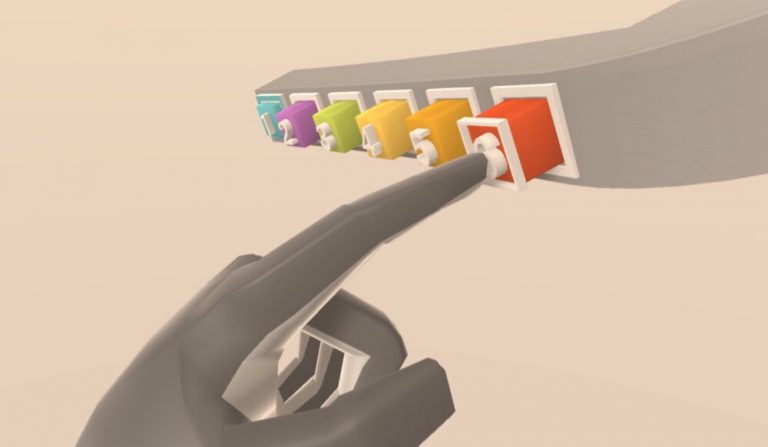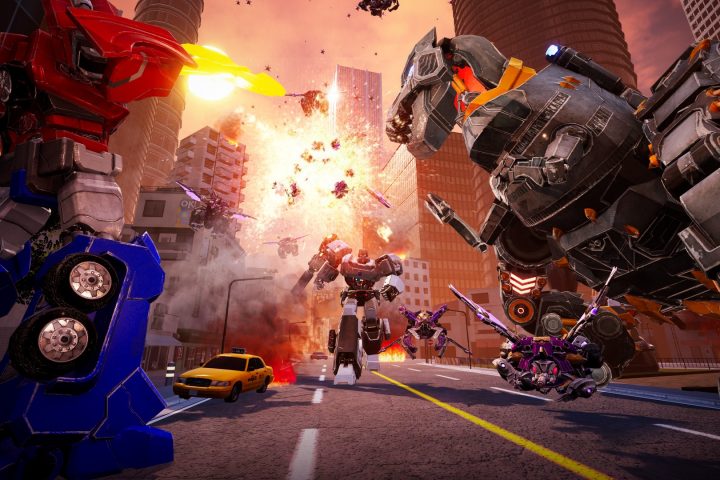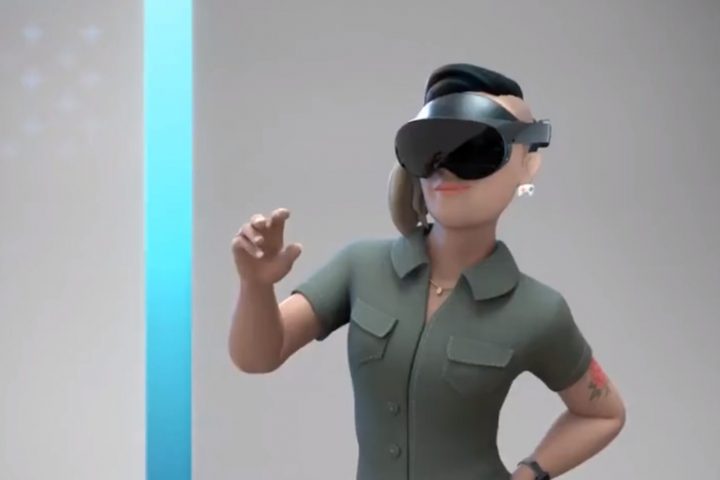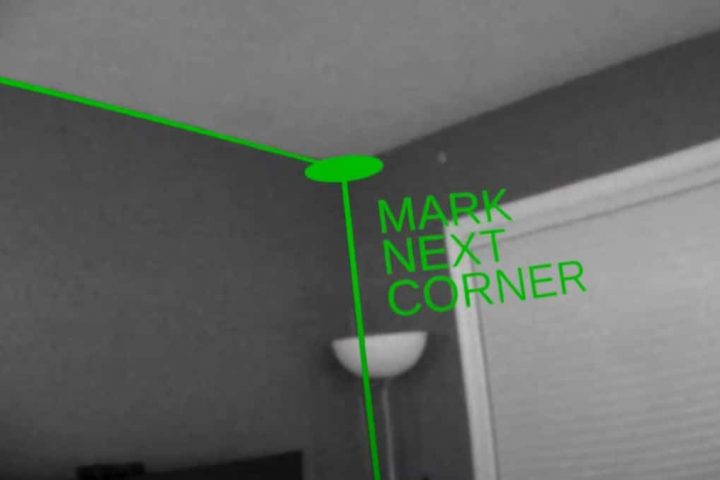As mainstream VR/AR input continues to evolve – from the early days of gaze-only input to controllers and fully articulated hand tracking – so too are the virtual user interfaces with which we interact. We’re moving beyond flat user interfaces (UIs) from 2D screens toward a future filled with spatial interface paradigms that take advantage of depth and volume.
At Leap Motion, our team is constantly pushing the boundaries of our interactive VR toolkit. Recently, we created a VR sculpture prototype to explore its performance and usability. Along the way, we experimented with how spatial UIs could be used to control aspects of that sculpture – or any piece of complex content – by creating a playful set of physical-like user interfaces.
In the spirit of open exploration, here’s a journey through our latest round of rapid prototyping and design. Along the way, we’ll see how dynamic feedback can elevate a humble button press into a compelling and intuitive virtual interaction.
A Living Sculpture
We built the Leap Motion Interaction Engine to give developers the power to define the physical laws of the virtual universe. It unlocks virtual objects and physically inspired interfaces that you can pick up, throw, nudge, swat, smoosh, or poke. The concept of a VR sculpture was a great way to put the Interaction Engine to the test. (For a deep dive into this part of the project, check out our blog.)
Source: Building a Playground of 3D User Interfaces





